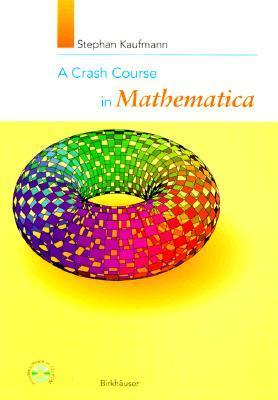What do you think?
Rate this book


200 pages, Paperback
First published July 30, 1999
ParametricPlot [{Theta Cos[Theta], Theta Sin[Theta]}, {Theta, 0, 2 Pi}] https://www.wolframalpha.com/input?i=... Sum[x^n, {n, 0, 10}] - (1 - x^(11))/(1 - x) https://www.wolframalpha.com/input?i=...Clear[Global`*]p. 50
Plot Log[n!] and (n + 1/2)Log[n] - n + Log[Sqrt[2 Pi]], n = 1 to 3https://www.wolframalpha.com/input?i=...
D[Sin[x], {x, 2}] denotesDSolve[x''[t] + x[t] == 0, x[t], t]x(t) = c_2 sin(t) + c_1 cos(t)
Doand
Whilecan be useful. The
Forloop is a concession to C programmers; it often leads to badly structured programs."